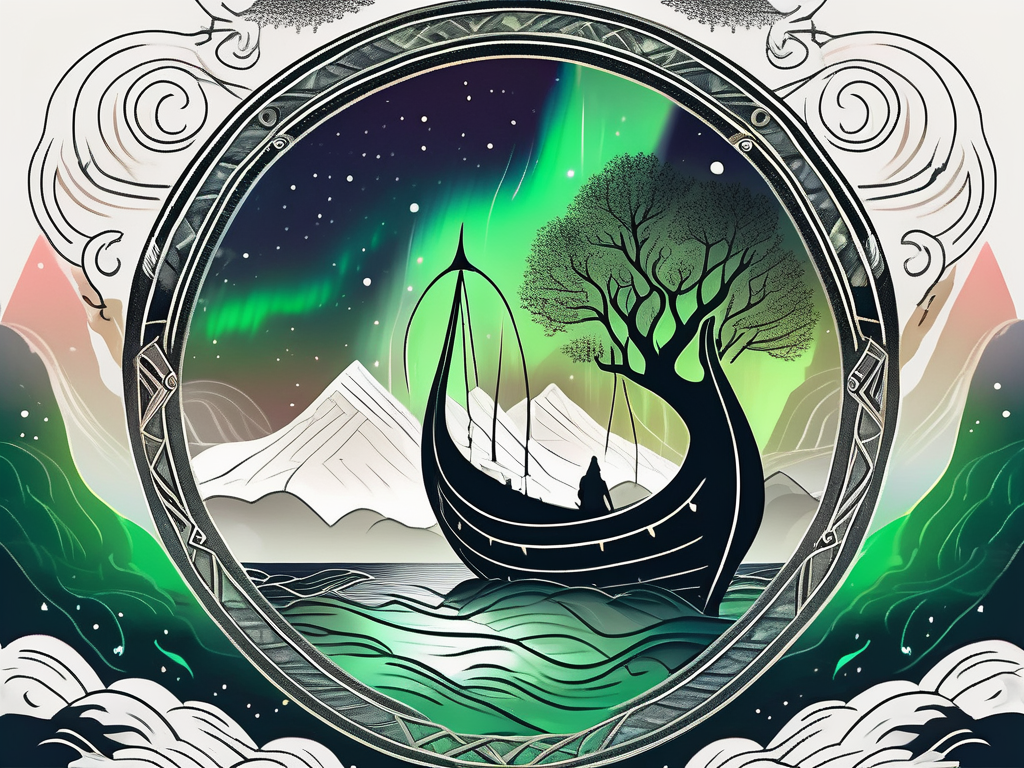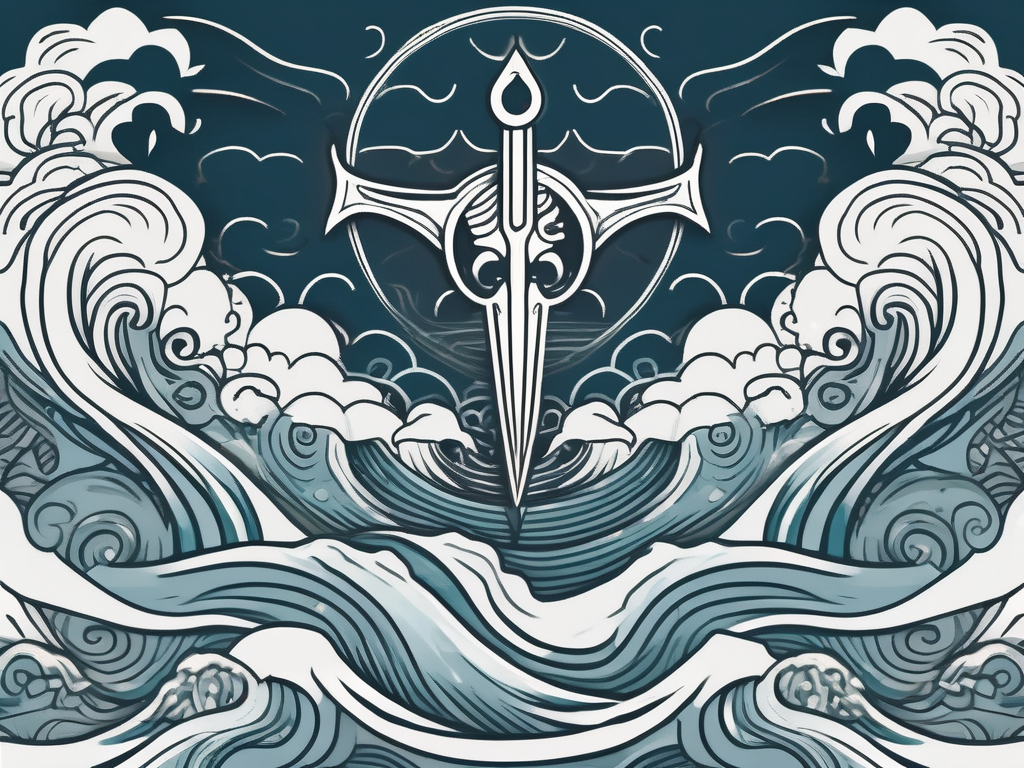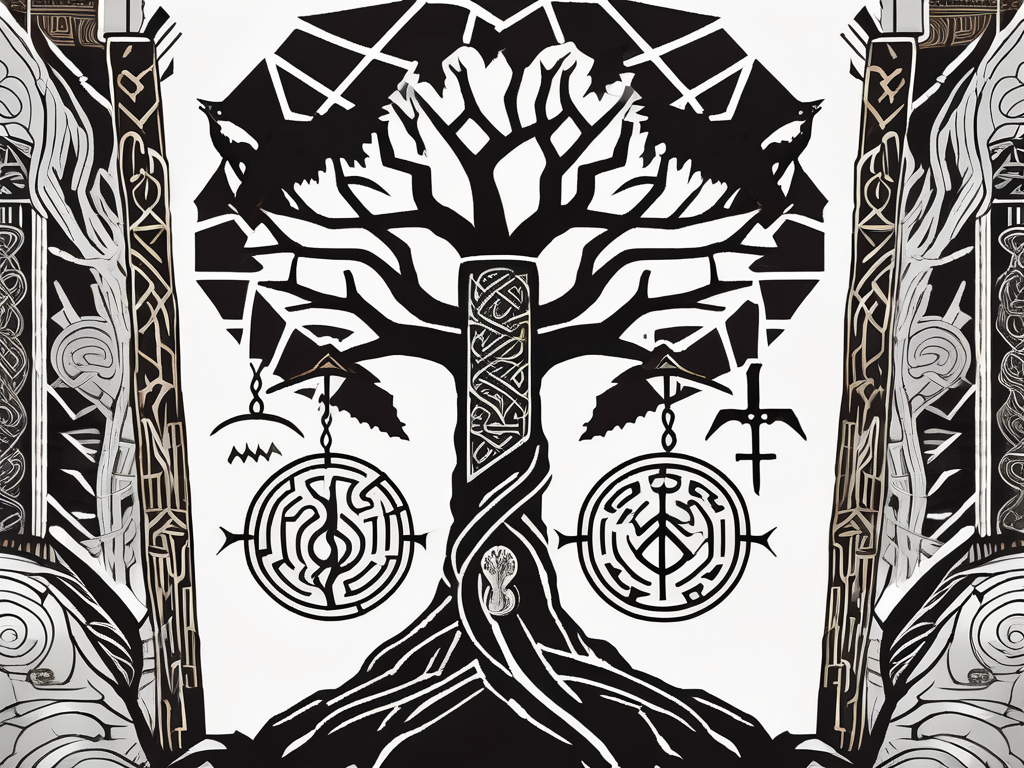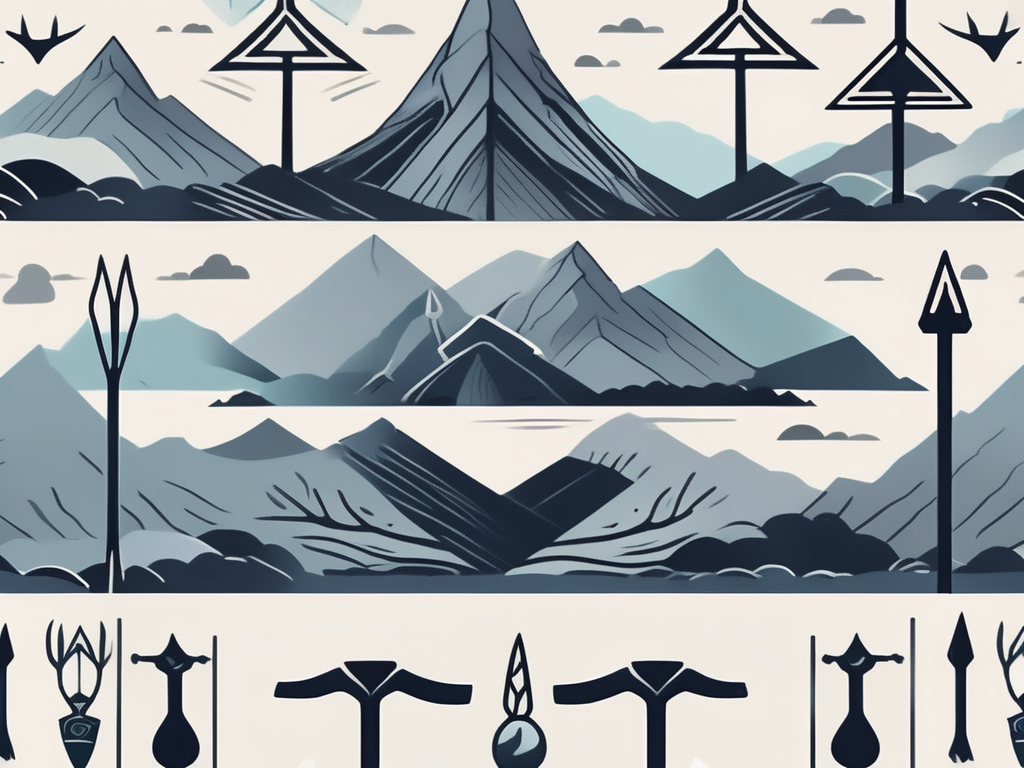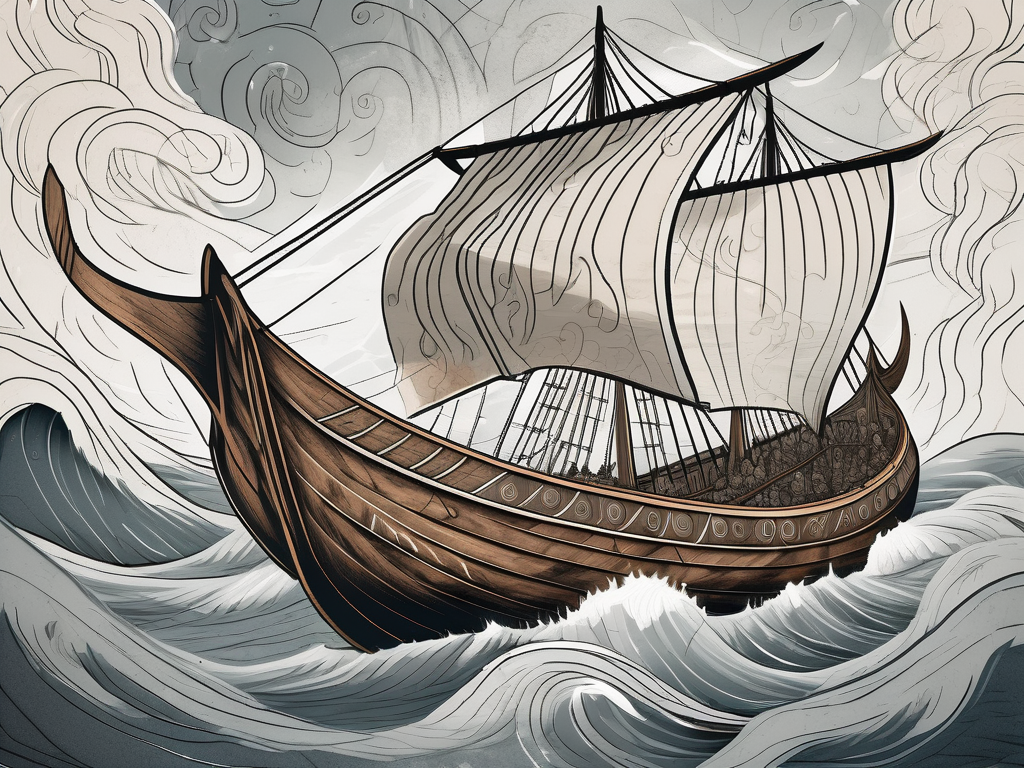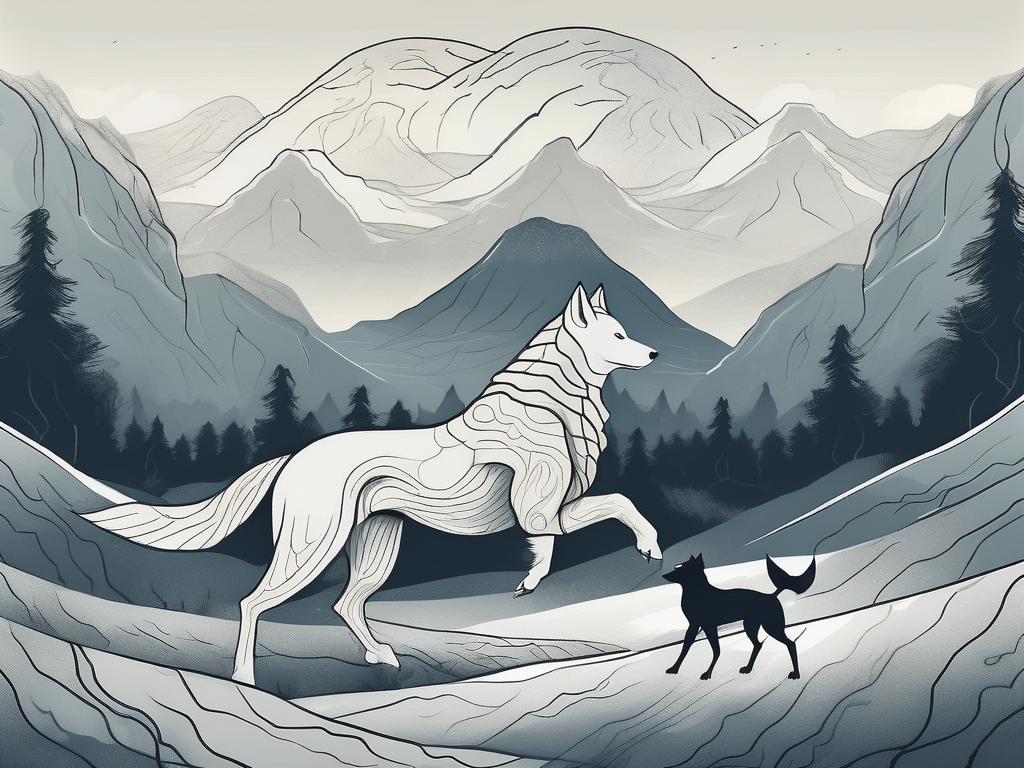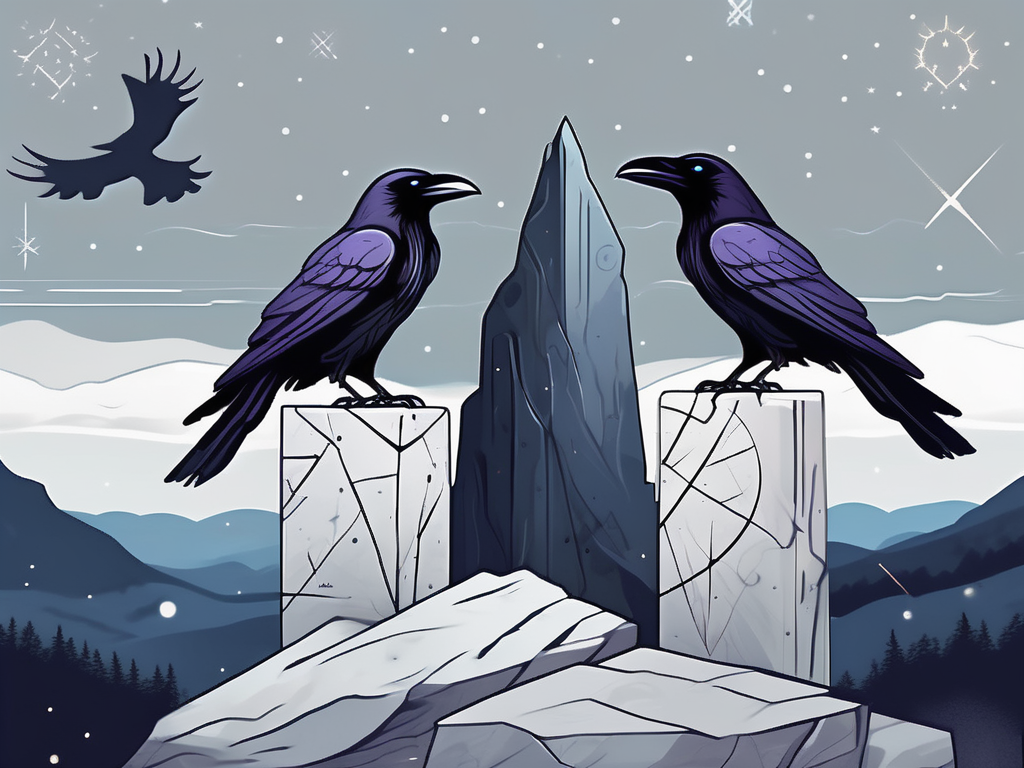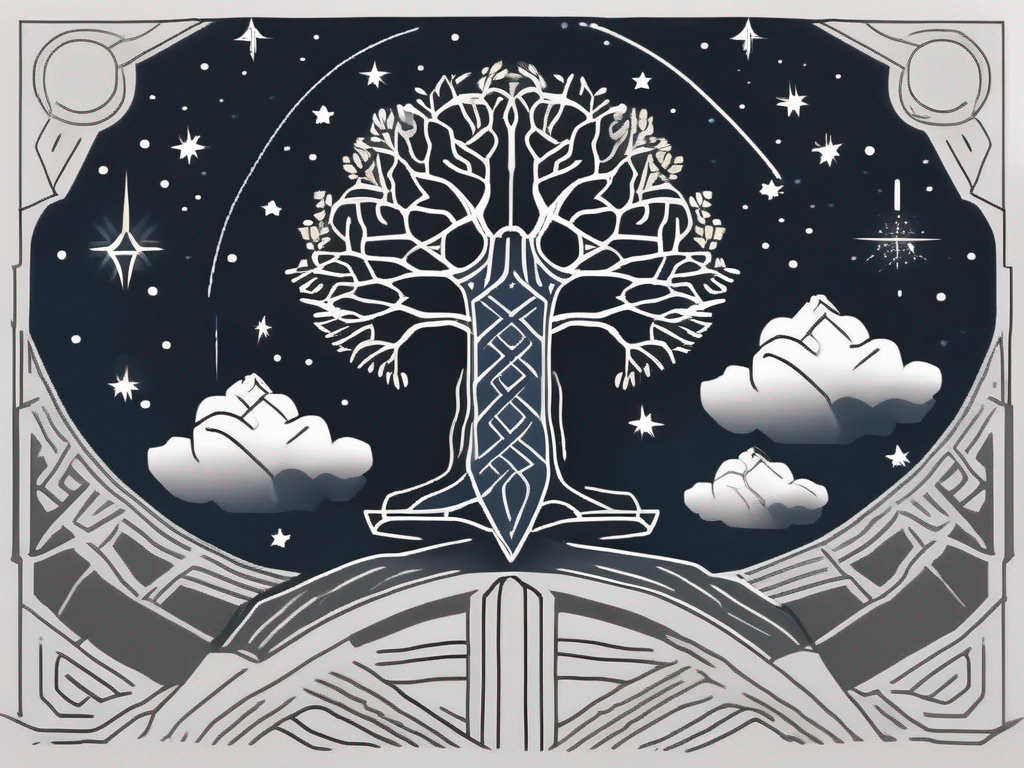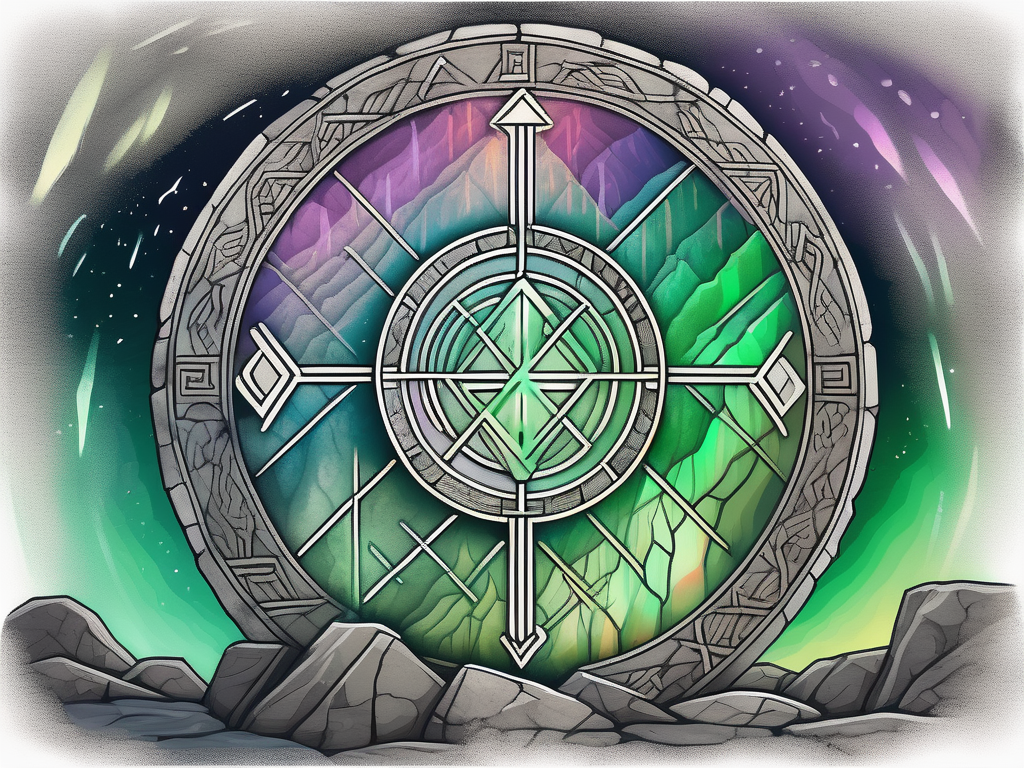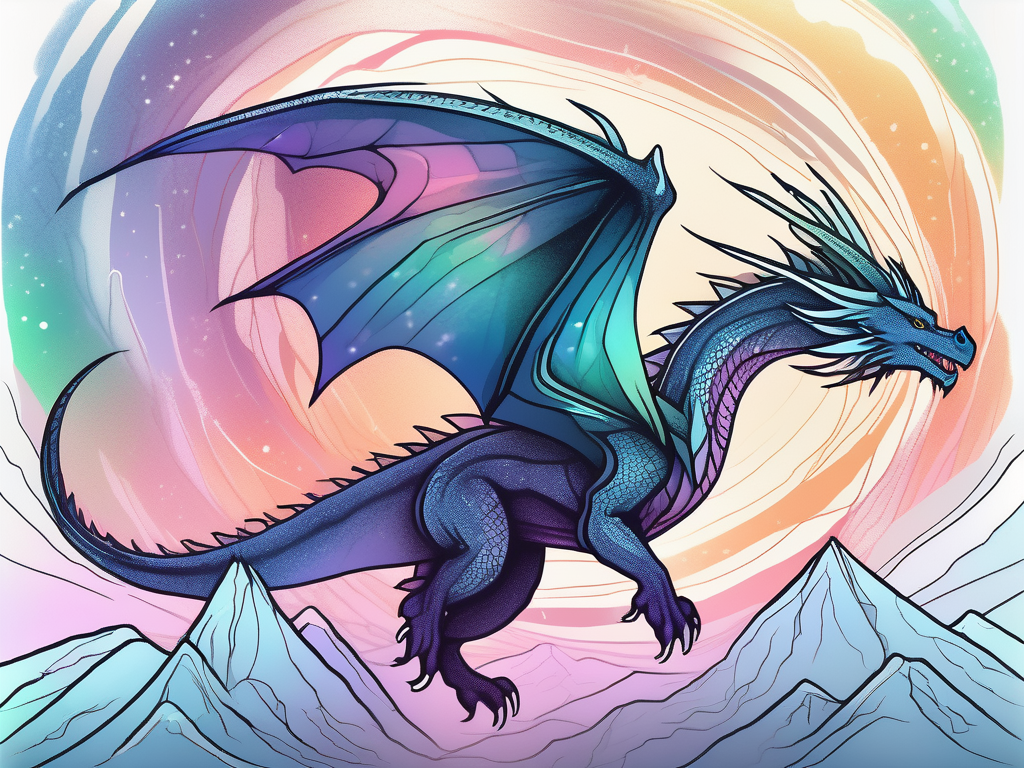Welcome to a fascinating journey through the world of Norse mythology. In this article, we will explore the origins, cosmology, influence, symbolism, and ethical lessons found within these captivating tales. Prepare to be enchanted by the magic and wonder of Norse mythology!
Understanding the Origins of Norse Mythology
Let’s start by delving into the mysterious origins of Norse mythology. This ancient belief system has its roots in the Viking Age, which spanned from the 8th to the 11th century. At its core, Norse mythology exhibits a unique blend of Germanic and Scandinavian folklore.
The Vikings, fierce seafaring warriors, explored and settled in many regions, including Scandinavia, Iceland, Greenland, and even parts of North America. As they traveled and interacted with different cultures, they absorbed and incorporated various myths and legends into their own belief system. This cultural exchange gave rise to the rich and complex tapestry of Norse mythology that we know today.
The Creation of the Nine Worlds
In Norse cosmology, the universe is composed of nine interconnected realms known as the Nine Worlds. These realms are held together by the mighty World Tree, Yggdrasil, which we will explore in more detail later. Each world is inhabited by various mythical creatures, gods, and giants, each playing a significant role in shaping this rich tapestry of legends.
One of the most fascinating aspects of Norse mythology is the intricate web of relationships between these realms. For example, Midgard, the realm of humans, is connected to Asgard, the realm of the gods, by the Bifrost, a rainbow bridge guarded by the god Heimdall. This interconnectivity reflects the interconnectedness of the natural world and the divine in Norse mythology.
Within the Nine Worlds, there are realms such as Jotunheim, the land of the giants, and Niflheim, the realm of ice and mist. These realms are inhabited by powerful beings who often interact with the gods and influence the course of events in the Norse myths. The complex interactions between these realms add depth and complexity to the mythology, making it a captivating subject of study.
The Role of the Gods and Goddesses
Central to Norse mythology are the gods and goddesses who watch over these Nine Worlds. From the mighty Thor, god of thunder, to the mischievous Loki, god of trickery, each deity possesses unique characteristics and powers. Their compelling stories not only entertain but also provide insight into the human condition, teaching us about bravery, honor, and the balance of power.
Thor, with his mighty hammer Mjolnir, is known for his strength and protection of both gods and humans. His adventures and battles against giants and other mythical creatures showcase his bravery and determination. Loki, on the other hand, is a complex character who often finds himself at odds with the gods. His cunning and trickery bring chaos and unexpected twists to the Norse myths, challenging the established order.
Other notable gods and goddesses include Odin, the wise and all-knowing ruler of Asgard, and Freya, the goddess of love and beauty. Each deity has their own domain and responsibilities, contributing to the intricate web of relationships and power dynamics within Norse mythology.
It is through the stories of these gods and goddesses that the Norse people sought to understand and make sense of the world around them. By personifying natural forces and human emotions, they created a mythology that resonated with their own experiences and provided guidance on how to navigate the challenges of life.
The Intricacies of Norse Cosmology
Now, let’s turn our attention to the intricate cosmology of Norse mythology. At the heart of this belief system lies the magnificent World Tree, Yggdrasil. Standing as a pillar connecting the realms, Yggdrasil symbolizes the harmony and interconnectedness of all things.
The roots of Yggdrasil delve deep into the realm of the dead, known as Helheim. Here, the souls of the deceased reside, awaiting their final destiny. It is said that the roots of the World Tree draw sustenance from the wisdom and memories of those who have passed on, ensuring the continued growth and vitality of Yggdrasil.
Ascending from the realm of the dead, the trunk of Yggdrasil stretches into the realm of humans, known as Midgard. This is the realm in which mortals reside, living out their lives under the watchful gaze of the gods. It is believed that Yggdrasil’s presence in Midgard serves as a reminder of the divine connection between the gods and humanity, offering a glimpse into the vastness of the cosmos.
Reaching ever higher, the branches of Yggdrasil extend into the realm of the gods, known as Asgard. This is the realm where the Aesir, the principal gods of Norse mythology, reside. It is said that the leaves of Yggdrasil bear the weight of the gods’ knowledge and power, granting them the wisdom and strength to govern the cosmos.
Yggdrasil: The World Tree
Yggdrasil serves as a gateway between the worlds, with its roots in the realm of the dead, its trunk in the realm of humans, and its branches reaching into the realm of the gods. This sacred tree not only provides a framework for Norse cosmology but also serves as a symbol of life, renewal, and growth.
Legend has it that the World Tree is guarded by a wise and ancient being known as the Norns. These three female entities, known as Urd, Verdandi, and Skuld, are responsible for weaving the threads of fate and determining the destiny of all beings. It is said that they reside beneath the roots of Yggdrasil, eternally tending to the cosmic tapestry of existence.
Furthermore, Yggdrasil is believed to be inhabited by various creatures and beings. Among them is Ratatoskr, a mischievous squirrel who scurries up and down the trunk of the World Tree, carrying messages between the eagle perched at the top and the dragon Nidhogg, who gnaws at the roots. This constant activity symbolizes the dynamic and ever-changing nature of the cosmos.
The Concept of Ragnarok
Within the realms of Norse mythology, there exists an intriguing concept known as Ragnarok. This cataclysmic event foretells the ultimate battle between the gods and their enemies, resulting in the destruction and subsequent rebirth of the world. Ragnarok serves as a powerful reminder of the cyclical nature of life and the inevitability of change.
During Ragnarok, the forces of chaos and destruction, led by the monstrous wolf Fenrir and the fire giant Surtr, clash with the gods and their allies. The battles are fierce and devastating, with the very fabric of reality being torn apart. In the end, however, the forces of good and evil reach a stalemate, leading to the world’s rebirth and the emergence of a new era.
It is believed that Ragnarok represents not only the end of the world but also a chance for renewal and regeneration. Just as Yggdrasil endures the trials of Ragnarok, so too do the gods and the cosmos itself. This cyclical nature of destruction and rebirth serves as a reminder that even in the face of adversity, there is always the potential for growth and transformation.
The Influence of Norse Mythology on Modern Culture
Despite originating over a thousand years ago, Norse mythology continues to captivate and inspire modern culture in various forms.
Norse Mythology in Literature and Film
From J.R.R. Tolkien’s epic High Fantasy works to the Marvel Cinematic Universe, Norse mythology has left an indelible mark on literature and film. These tales of gods, heroes, and mythical creatures continue to resonate, drawing upon the timeless themes of honor, heroism, and the struggle between good and evil.
The Impact on Modern Paganism
Norse mythology has also greatly influenced modern Paganism. As believers seek to connect with nature and ancestral traditions, the gods and goddesses of the Nine Worlds play a central role in their spiritual practices. The enduring appeal of Norse mythology continues to shape and enrich contemporary religious movements.
The Symbolism in Norse Mythology
Within the tapestry of Norse mythology, powerful symbols hold deep meaning and significance.
The Significance of Runes
Runes, the ancient Norse alphabet, are more than mere letters – they possess mystical properties and profound symbolism. Each rune carries its own unique meaning and represents concepts such as strength, protection, and wisdom. The study and use of runes are still practiced today, offering guidance and insight into the mysteries of life.
Mythical Creatures and Their Meanings
Norse mythology abounds with a multitude of mythical creatures, from the wise and powerful dragons to the mischievous and shape-shifting elves. Each creature embodies different qualities and characteristics, teaching us valuable lessons about courage, cunning, and the interplay between different realms of existence.
The Ethical and Moral Lessons in Norse Myths
Beyond the epic battles and fantastical beings, Norse mythology imparts profound ethical and moral teachings.
The Concept of Honor and Bravery
Honor and bravery are paramount in Norse mythology. The tales showcase the bravery of heroes such as Sigurd, who fearlessly faces dragons and giants, and the inescapable consequences of dishonorable actions. These stories remind us of the importance of living with integrity and facing challenges with courage.
The Role of Fate and Destiny
Another essential theme within Norse mythology is the concept of fate and destiny. The gods themselves are bound by their preordained roles in shaping the world, illustrating that even the most powerful beings must submit to the forces of fate. This notion invites contemplation on the interplay between personal agency and the larger forces at play in our lives.
In conclusion, Norse mythology is a treasure trove of ancient wisdom and fantastical tales. From the creation of the Nine Worlds to the lessons imparted by gods, creatures, and mythical symbols, these rich stories continue to captivate and inspire. Through exploring Norse mythology, we not only unravel its mysteries but also gain valuable insights into the human condition and the eternal quest for meaning and purpose in our lives.
